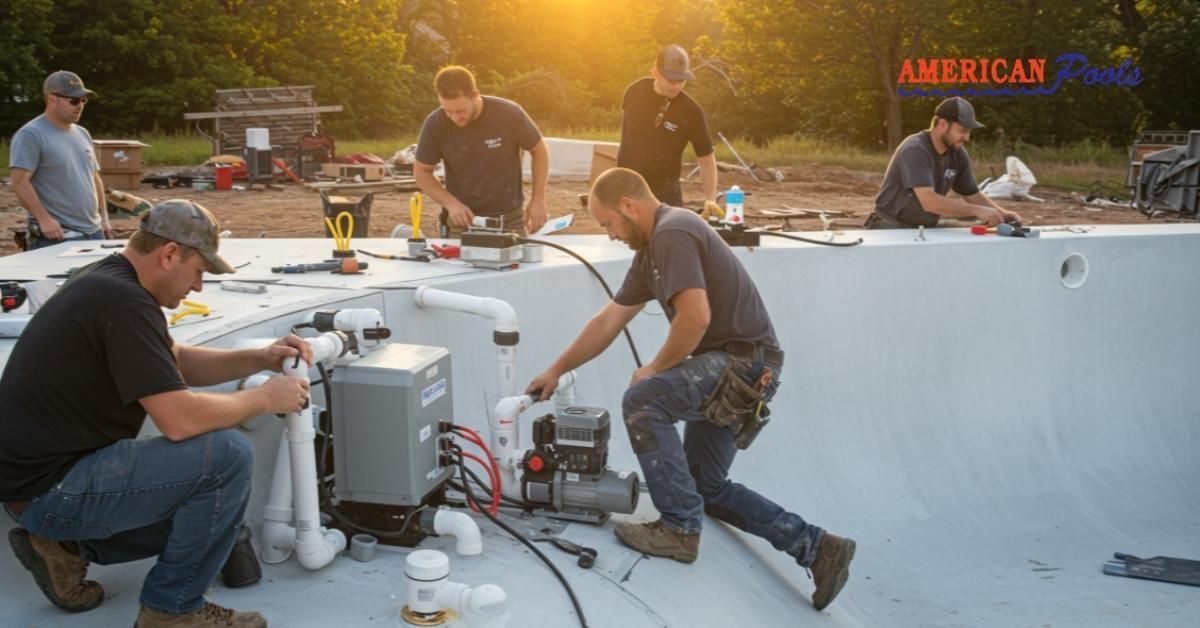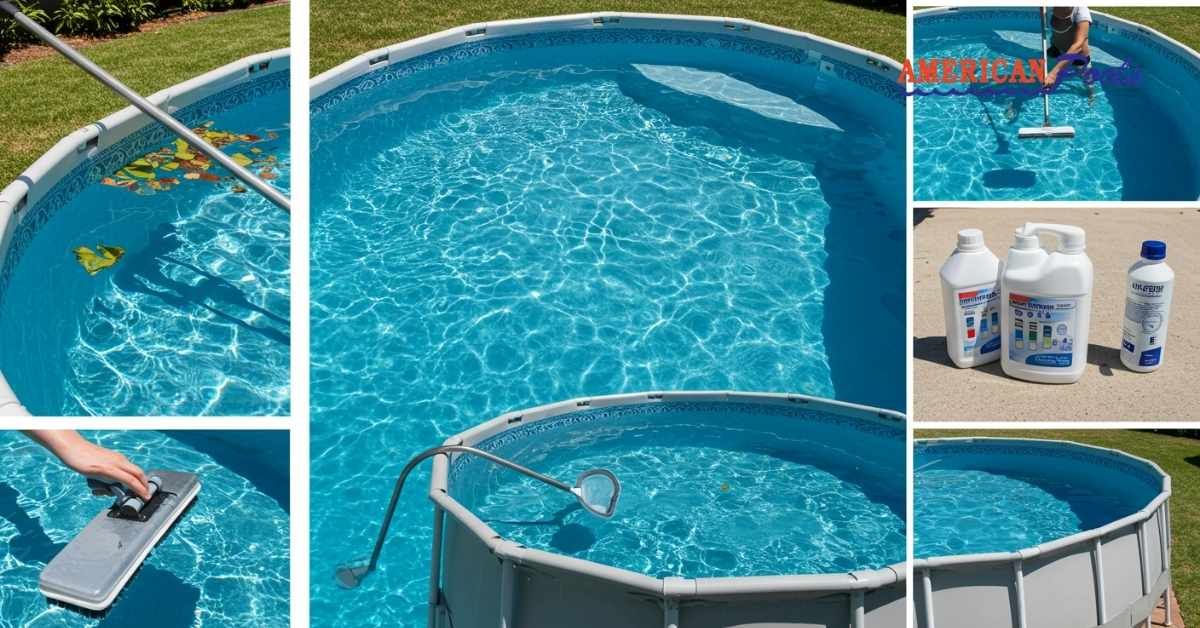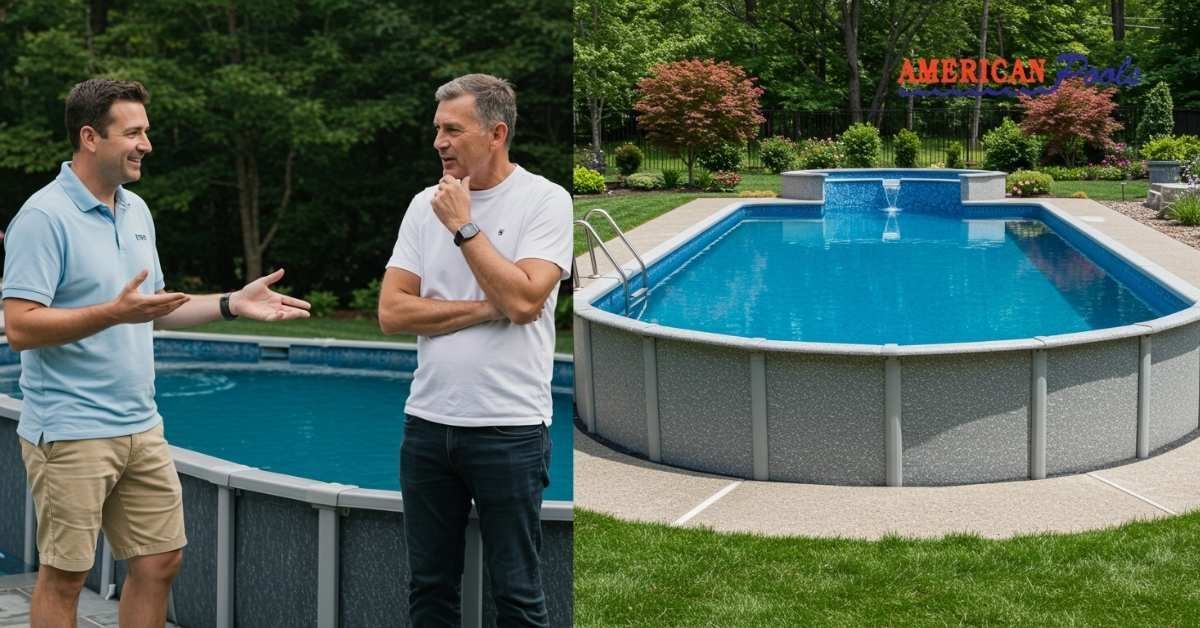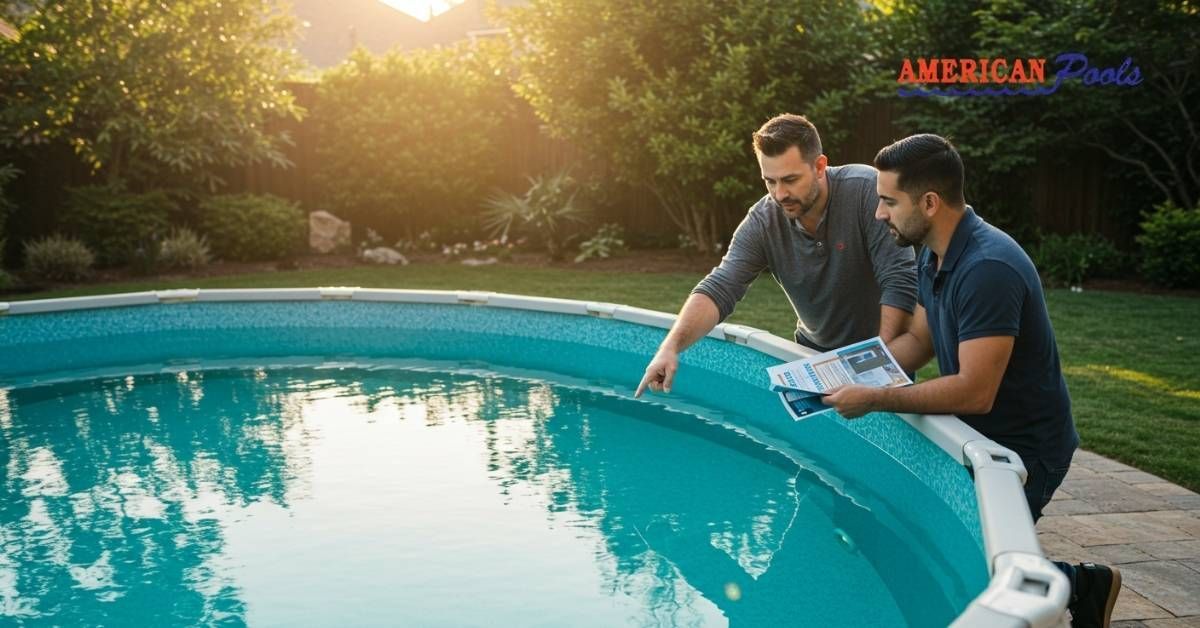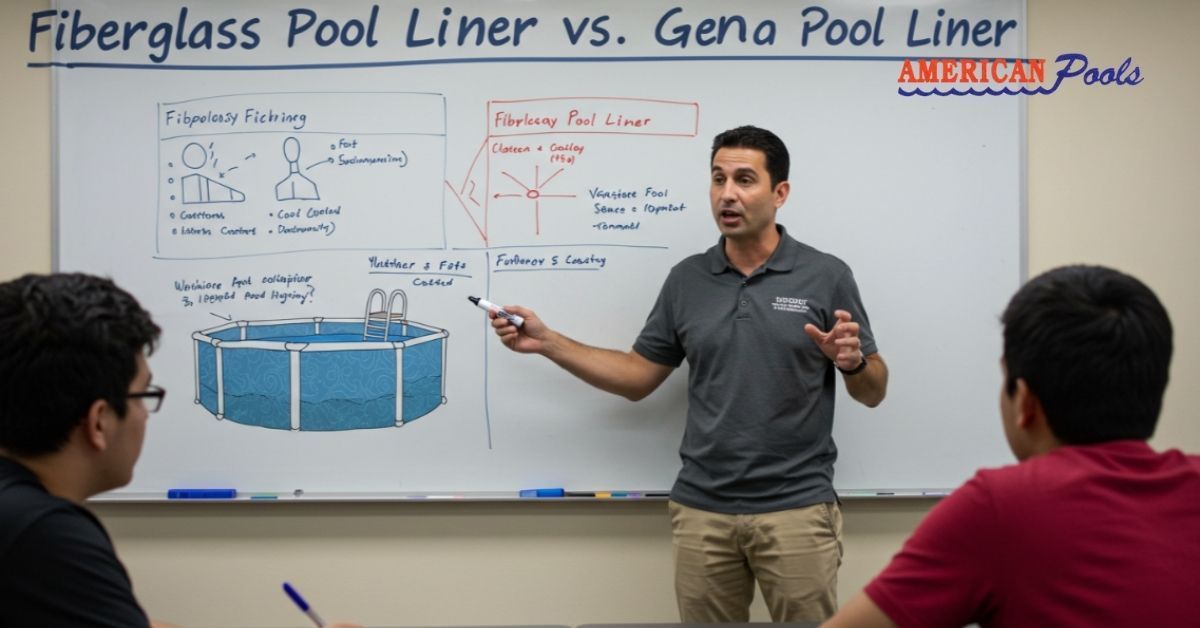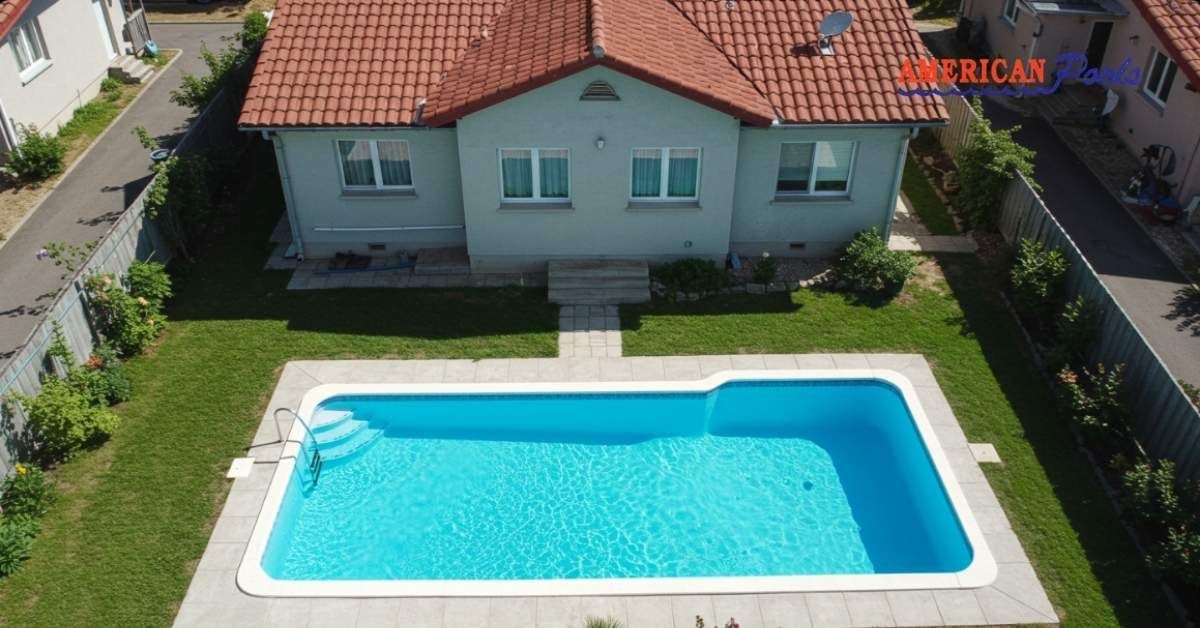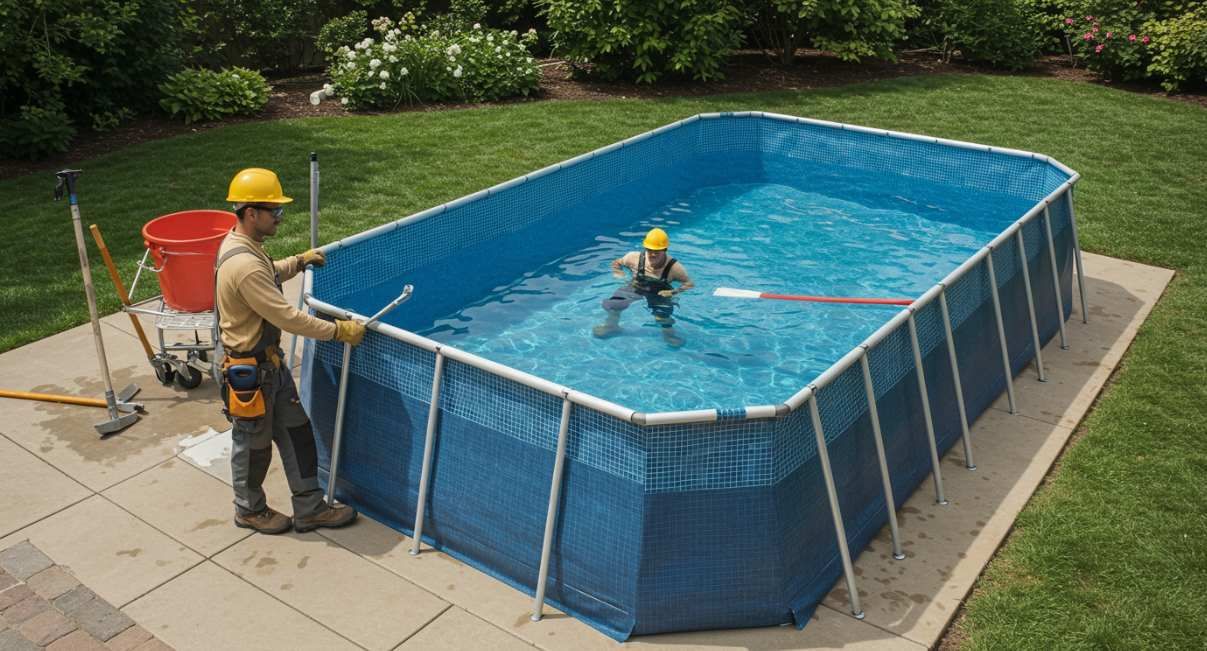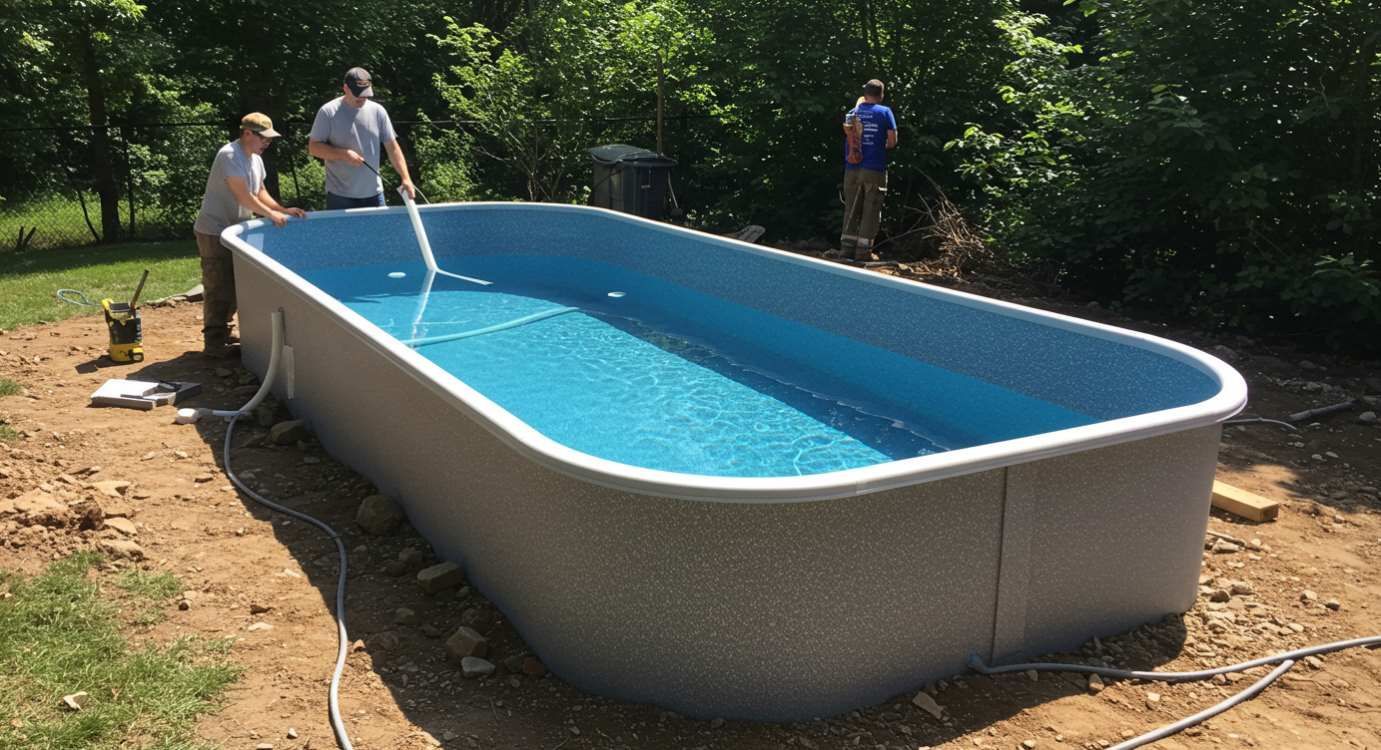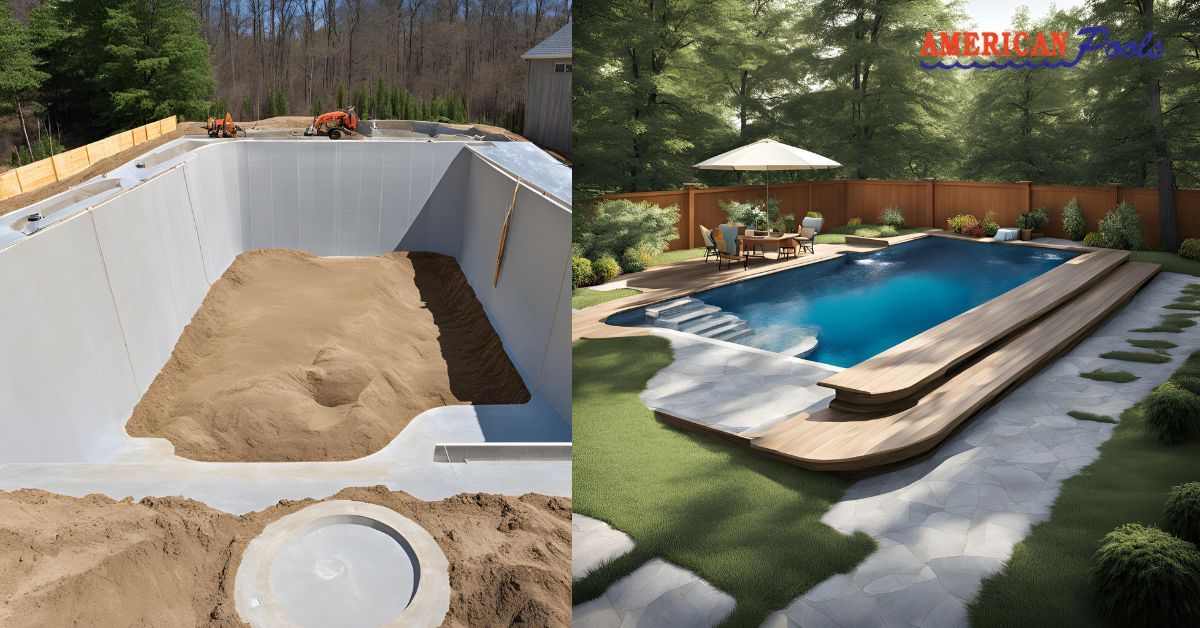What is Pool Resurfacing?
If your swimming pool is starting to show signs of wear, such as cracks, discolouration, or rough spots, consider pool resurfacing. Pool resurfacing is a great way to restore the look, functionality, and safety of your pool. This process helps extend the lifespan of your pool, making it a worthwhile investment for pool owners who want to keep their pool in top shape. In this guide, we’ll walk you through what pool resurfacing is, why it’s essential, and how to choose the best materials for the job.
What is Pool Resurfacing?
Pool resurfacing is the process of renewing or replacing the surface layer of a swimming pool to repair any damage or cosmetic issues. Over time, the surface of your pool can degrade due to exposure to chemicals, water pressure, and the natural elements. Resurfacing fixes problems like cracks, stains, rough textures, and algae buildup, making the pool not only look better but function more efficiently.
Unlike replastering, which involves removing the entire plaster layer, resurfacing can be done by applying a new surface layer on top of the existing one. The new materials can include plaster, quartz, pebble finishes, glass beads, or even tiles. This process revitalises the pool’s appearance and ensures it remains a safe and comfortable space for swimmers.
Why Pool Resurfacing is Important
Resurfacing a pool provides several benefits, from cosmetic improvements to enhanced functionality. Let’s take a closer look:
Cosmetic Benefits
One of the most apparent reasons to resurface your pool is the exciting transformation it brings. Over time, pools can develop stains, discolouration, or surface roughness. Resurfacing can give your pool a fresh new look, making it feel as though it’s been newly built. Whether you want to update the style with modern finishes or restore the original look, resurfacing offers endless options and a rejuvenated pool you can be proud of.
Structural Benefits
Resurfacing also has important structural benefits. It can repair cracks and other surface damage, preventing issues like water leakage. By fixing these structural issues early, you avoid larger, more expensive problems down the road.
Safety and Comfort
A smooth, resurfaced pool ensures safety. Pools with rough surfaces can cause discomfort for swimmers and even lead to injuries. Resurfacing your pool with a non-slip finish creates a safer swimming environment, providing reassurance and comfort for everyone.
Longevity
Proper pool resurfacing can extend the life of your pool. By renewing the surface, you reduce the risk of long-term damage, ensuring your pool stays in excellent condition for many years.
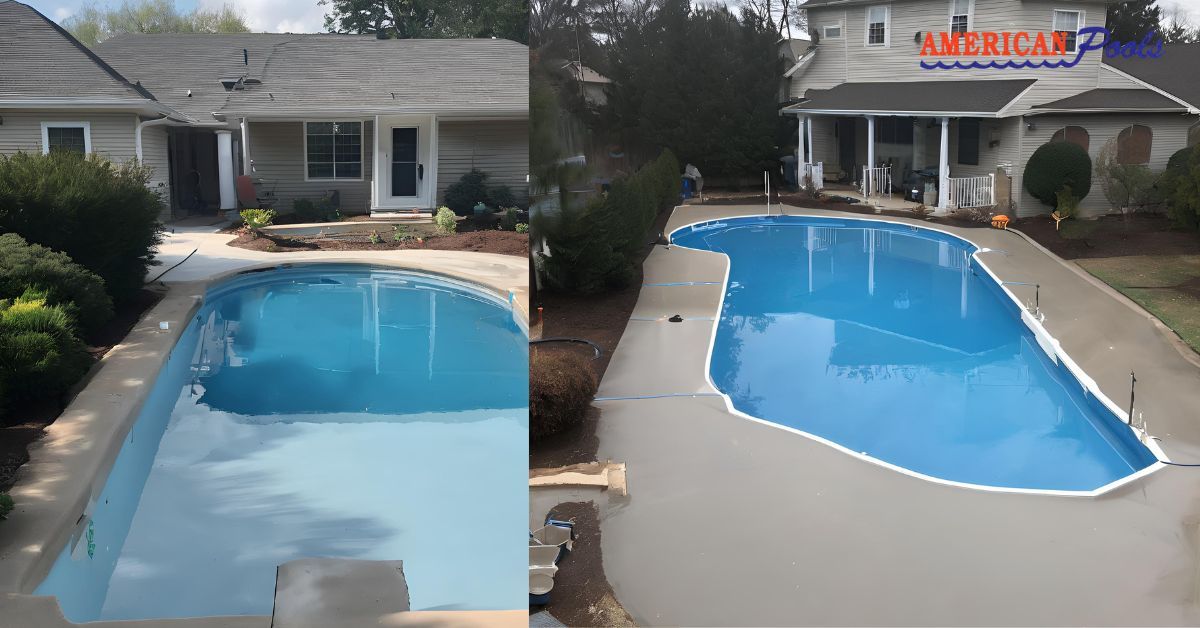
Signs Your Pool Needs Resurfacing Does
your pool need resurfacing? Here are some signs to look out for:
- Cracks or Leaks: If you notice water loss or see cracks in the pool’s surface, it’s time for resurfacing.
- Rough Texture: A pool surface that’s become rough or peeling will not only be uncomfortable to swim in, but it may also harbor dirt and algae.
- Discolouration or Stains: Stubborn stains that can’t be removed with regular cleaning may indicate that the pool’s surface has aged and needs resurfacing.
- Algae Build-Up: If algae tends to stick to the walls of your pool, even after cleaning, resurfacing could help by providing a smoother surface that resists algae growth.
The Pool Resurfacing Process
Here’s what you can expect during the pool resurfacing process:
1. Preparation
The first step in resurfacing is draining the pool and cleaning the surface. The pool area is cleared of any debris, and the pool is completely drained. This allows professionals to inspect the surface and assess any damage that needs to be addressed.
2. Surface Removal
Once the pool is drained, the next step is to remove the existing surface. This may involve sandblasting, hydro-blasting, or sanding off the old surface material. This step ensures that the new finish adheres appropriately.
3. Applying Bond Coat
After the old surface has been removed, a bond coat is applied. This ensures that the new finish will adhere properly to the pool’s surface.
4. Finishing Touch
Next, the new resurfacing material (plaster, quartz, exposed pebble, etc.) is applied. This step usually requires multiple coats to achieve the desired texture and finish. The final finish will provide the pool with a fresh, smooth surface.
5. Curing and Refill
After the new surface is applied, the pool needs to cure for several days to allow the materials to settle and bond properly. Once the curing process is complete, the pool is refilled with water, and it’s ready to be enjoyed again.
How Often Should You Resurface Your Pool?
The frequency of resurfacing depends on the material used and the climate conditions, but here are general guidelines:
- Plaster Pools: Typically need resurfacing every 7-10 years.
- Quartz Pools: Can last 10+ years before resurfacing is required.
- Pebble Finishes: These surfaces can last 15+ years.
- Glass Beads and Polished Finishes: These high-end finishes can last up to 15 years or more.
Keep in mind that regular pool maintenance and proper water chemistry can help extend the lifespan of your pool’s surface, reducing the need for resurfacing.
Benefits of Resurfacing Over Other Pool Maintenance Options
Resurfacing is often the best choice for pool owners, and here’s why:
- Cost-Effectiveness: While resurfacing may seem like a significant investment, it’s far more cost-effective than major repairs or replacements.
- Aesthetic Versatility: You can choose from a range of finishes to match your desired pool aesthetic.
- Resurfacing extends the life of your pool, preventing the need for costly repairs and improving the overall durability of your pool. This long-term savings aspect of resurfacing can provide you with financial security and peace of mind about your investment.
Choosing the Right Pool Resurfacing Material
The material you choose for resurfacing will affect both the look and longevity of your pool. Here are some options:
- Plaster: Affordable and smooth but prone to staining.
- Quartz: Durable, resistant to stains, and comes in various colors.
- Pebble Finishes: Highly durable and non-slip, ideal for high-traffic pools.
- Glass Beads: Provides a smooth, luxurious finish that resists algae.
Consult a professional to help you select the best material based on your pool’s condition and your personal preferences.
Cost of Pool Resurfacing
The cost of pool resurfacing depends on factors like pool size, surface material, and labor. On average, resurfacing a 1,000-square-foot pool costs around $6,500. While it’s a significant investment, resurfacing is a cost-effective option compared to the long-term expenses of ignoring damage or letting your pool degrade.
Your Pool Service Options at American Fiberglass Pools
At American Fiberglass Pools, we offer expert pool resurfacing services to help restore the look and functionality of your pool. In addition to pool resurfacing, we also provide:
- Fiberglass Pool Installation: Custom fiberglass pools are designed to meet your specific needs.
- Fiberglass Pool Repair: Professional repairs to fix cracks, leaks, and other damage.
- Baptismal Resurfacing: Specialized resurfacing services for baptismal pools.
Our experienced team ensures the highest quality artistry and customer satisfaction with every project. Contact us today for a free consultation or estimate!
DIY vs. Hiring a Professional for Pool Resurfacing
While you may consider resurfacing yourself, it’s essential to understand that this process requires specialised tools and knowledge. Here are a few reasons why hiring a professional is the best choice:
- Expertise: Professionals have the experience to handle all aspects of pool resurfacing, ensuring a smooth and lasting finish.
- Quality Materials: A professional can help you select the best materials for your pool type and needs.
- Safety and Efficiency: Professionals can complete the job quickly and safely, minimizing risks and maximizing results.
Conclusion
Resurfacing your pool is an essential process to maintain its beauty, safety, and longevity. Whether you’re looking to restore a worn surface or give your pool a new look, pool resurfacing is an excellent investment. With exemplary professional service, your pool can look brand new, and its functionality will be improved for years to come.
Contact American Fiberglass Pools today to discuss your resurfacing options and get your free estimate!
FAQs About Pool Resurfacing
How often should I resurface my pool?
The frequency of resurfacing depends on several factors, including the type of pool and its surface material. On average:
- Plaster: Every 7-10 years.
- Quartz: 10+ years.
- Pebble finishes: 15+ years. Proper maintenance and water chemistry can extend the lifespan of your pool's surface, delaying the need for resurfacing.
What are the signs that my pool needs resurfacing?
Here are some common indicators:
- Cracks or leaks: These can lead to significant damage and water loss.
- Rough texture or peeling: This makes the pool uncomfortable for swimmers and prone to algae buildup.
- Discolouration or stains: When cleaning doesn’t remove them, it could be a sign your pool needs resurfacing.
- Algae growth: A rough surface may harbour algae and make cleaning more difficult.
Can I resurface my pool myself, or should I hire a professional?
While DIY pool resurfacing may seem like a cost-saving option, it’s not recommended unless you have experience. Pool resurfacing requires specialized tools, materials, and knowledge. Hiring a professional pool resurfacing company ensures a smooth, lasting finish, proper adhesion of materials, and prevents mistakes that could be costly in the long run.
How long does the pool resurfacing process take?
The pool resurfacing process typically takes between 5 to 14 days, depending on the size of the pool, the material chosen for resurfacing, and the condition of the surface. The process includes draining the pool, surface preparation, application of the new finish, curing time, and refilling the pool with water.
What is the cost of pool resurfacing?
The cost of resurfacing depends on the size of the pool and the type of material chosen. On average, you can pay around $6,500 for a 1,000-square-foot pool. The cost may increase if you choose higher-end finishes like exposed pebbles or glass beads. Regular maintenance can keep resurfacing costs lower in the future.

